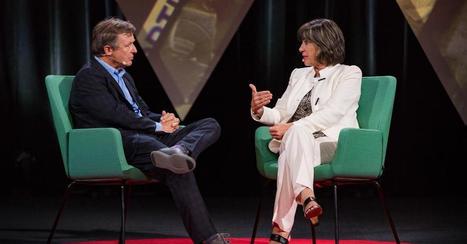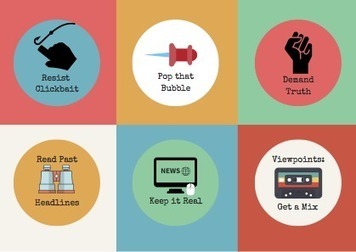Known worldwide for her courage and clarity, Christiane Amanpour has spent the past three decades interviewing business, cultural and political leaders who have shaped history. In conversation with TED Curator Chris Anderson, Amanpour discusses fake news, objectivity in journalism, the leadership vacuum in global politics and more, sharing her wisdom along the way. "Be careful where you get information from," she says. "Unless we are all engaged as global citizens who appreciate the truth, who understand science, empirical evidence and facts, then we are going to be wandering around -- to a potential catastrophe."
Research and publish the best content.
Get Started for FREE
Sign up with Facebook Sign up with X
I don't have a Facebook or a X account
Already have an account: Login
How do we define it, teach it, know it when we see it?
Curated by
Mary Reilley Clark
 Your new post is loading... Your new post is loading...
 Your new post is loading... Your new post is loading...
|
|













What an insightful talk from Christiane Amanpour.